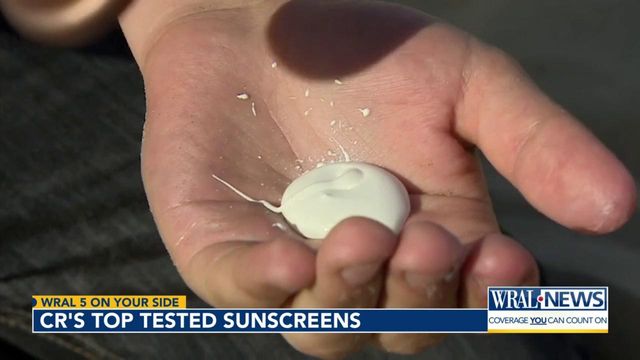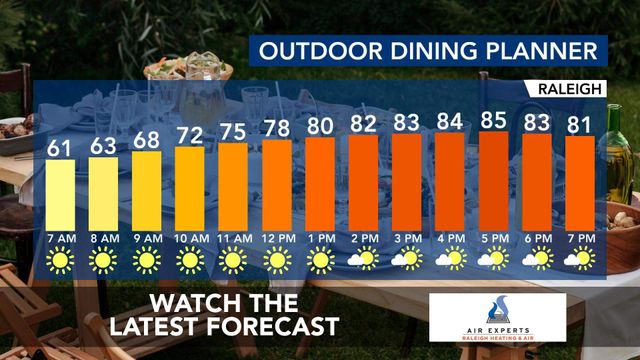Revealing the best sunscreens for sun protection and affordability
No matter what you’re doing outside, remember this: Wear sunscreen to protect yourself from sunburn and skin cancer.
Consumer Reports tests dozens of sunscreens every year. The good news is you don’t need to pay top dollar to find a sunscreen that works, but you need to choose carefully and wisely since some of those claims on the label might leave your skin burnt and your wallet.
Consumer Reports sunscreen testing is no walk in the park. Experts test dozens of lotions, sprays, and sticks to ensure you’re protected if you take that walk yourself.
Testers evaluate how well sunscreens protect against two types of the sun’s rays—UVA and UVB—which cause aging, skin cancer and sunburn. Sensory specialists also evaluate the scent and feel of each sunscreen.
To test for SPF – the “sun protection factor” and a measure of how well a sunscreen protects against UVB rays, testers apply sunscreen to small areas on panelists’ backs before they soak in a tub for 40 or 80 minutes, depending on the sunscreen’s water-resistance claim. The area is then exposed to simulated sunlight. The next day, trained experts examine the area for redness.
To test for protection against UVA rays, testers apply sunscreen to plastic plates, expose them to UV light and then measure the amount of absorbed rays.
Testers found considerable differences in performance, even among products from the same brand. In particular, some sunscreens in CR’s testing don’t always provide the level of protection that’s listed on the label.
A top sunscreen lotion from this year’s tests is Coppertone Water Babies Lotion SPF 50, which outperformed its labeled SPF in CR’s testing. – But it might not be for everyone – CR’s sensory experts found the lotion left a sheen and a greasy film on the testers’ skin.
Eucerin Advanced Hydration Spray SPF 50 was the best spray sunscreen. Its average tested SPF came close to its labeled SPF 50. Sensory experts found it left a slight draggy film on the testers' skin.
On a budget: Equate Walmart Ultra Lotion SPF 50 is CR’s most affordable recommended lotion, while Trader Joe’s Spray SPF 50+ is its most affordable recommended spray.
Remember, no matter what sunscreen you choose, how you apply it matters.
For lotions, you should use about a teaspoon per body part or area not covered by clothing, and for sprays, apply enough that your skin glistens, then rub it in.
Remember, it’s also important to reapply sunscreen every two hours and immediately after swimming or sweating.











